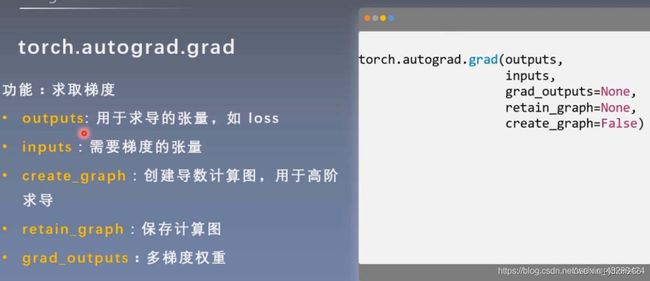| import torch
import torch.nn as nn
import matplotlib.pyplot as plt
import numpy as np
torch.manual_seed(10)
#========生成数据=============
sample_nums = 100
mean_value = 1.7
bias = 1
n_data = torch.ones(sample_nums,2)
x0 = torch.normal(mean_value*n_data,1)+bias#类别0数据
y0 = torch.zeros(sample_nums)#类别0标签
x1 = torch.normal(-mean_value*n_data,1)+bias#类别1数据
y1 = torch.ones(sample_nums)#类别1标签
train_x = torch.cat((x0,x1),0)
train_y = torch.cat((y0,y1),0)
#==========选择模型===========
class LR(nn.Module):
def __init__(self):
super(LR,self).__init__()
self.features = nn.Linear(2,1)
self.sigmoid = nn.Sigmoid()
def forward(self,x):
x = self.features(x)
x = self.sigmoid(x)
return x
lr_net = LR()#实例化逻辑回归模型
#==============选择损失函数===============
loss_fn = nn.BCELoss()
#==============选择优化器=================
lr = 0.01
optimizer = torch.optim.SGD(lr_net.parameters(),lr = lr,momentum=0.9)
#===============模型训练==================
for iteration in range(1000):
#前向传播
y_pred = lr_net(train_x)#模型的输出
#计算loss
loss = loss_fn(y_pred.squeeze(),train_y)
#反向传播
loss.backward()
#更新参数
optimizer.step()
#绘图
if iteration % 20 == 0:
mask = y_pred.ge(0.5).float().squeeze() #以0.5分类
correct = (mask==train_y).sum()#正确预测样本数
acc = correct.item()/train_y.size(0)#分类准确率
plt.scatter(x0.data.numpy()[:,0],x0.data.numpy()[:,1],c='r',label='class0')
plt.scatter(x1.data.numpy()[:,0],x1.data.numpy()[:,1],c='b',label='class1')
w0,w1 = lr_net.features.weight[0]
w0,w1 = float(w0.item()),float(w1.item())
plot_b = float(lr_net.features.bias[0].item())
plot_x = np.arange(-6,6,0.1)
plot_y = (-w0*plot_x-plot_b)/w1
plt.xlim(-5,7)
plt.ylim(-7,7)
plt.plot(plot_x,plot_y)
plt.text(-5,5,'Loss=%.4f'%loss.data.numpy(),fontdict={'size':20,'color':'red'})
plt.title('Iteration:{}\nw0:{:.2f} w1:{:.2f} b{:.2f} accuracy:{:2%}'.format(iteration,w0,w1,plot_b,acc))
plt.legend()
plt.show()
plt.pause(0.5)
if acc > 0.99:
break
|




